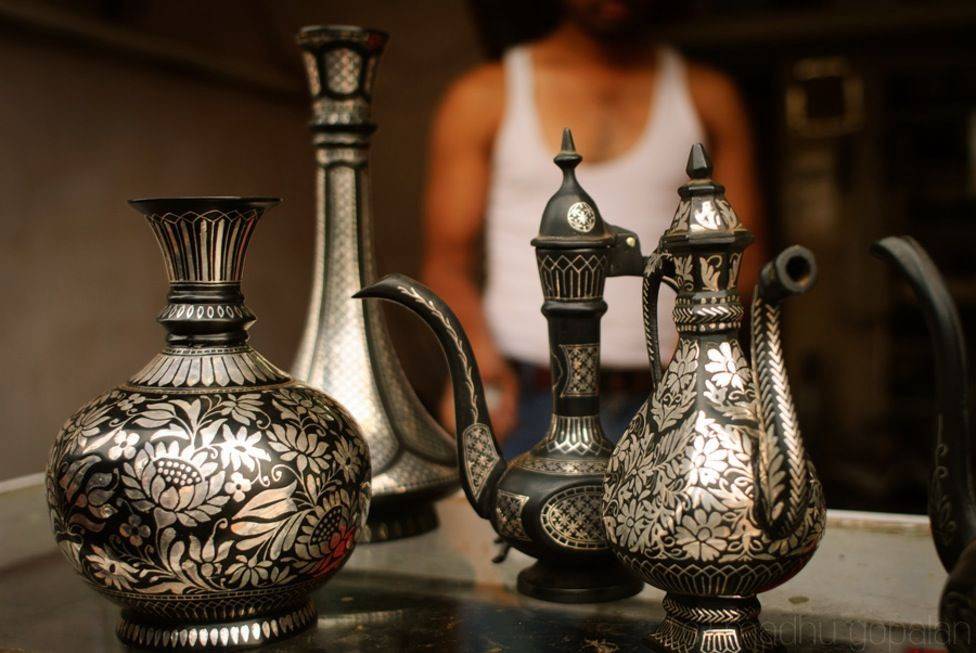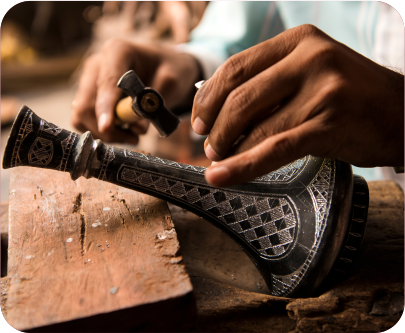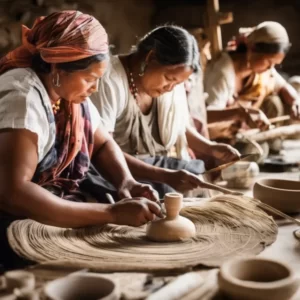Exploring Artifacts as Symbols of Identity and Heritage: In a world where cultures weave a vibrant tapestry of traditions, stories, and expressions, artifacts stand as timeless emblems of identity and heritage. These artifacts, whether exquisite artworks, ancient relics, or handcrafted treasures, carry the essence of generations past, connecting us to our roots and uniting us in a shared human experience.

1. Guardians of Cultural Narratives:
Artifacts are more than just physical objects; they are storytellers. Each artifact holds a narrative woven through time, conveying the beliefs, histories, and achievements of the people who created and cherished them. From intricate textiles to intricately carved sculptures, these items encapsulate the wisdom and experiences of cultures across epochs.
2. Bridges Across Generations:
As artifacts are passed down through generations, they bridge the gap between the past and the present. They serve as conduits of knowledge, allowing us to glimpse into the lives, struggles, and triumphs of those who came before us. These bridges of heritage foster a sense of continuity, reminding us of the threads that connect us to our ancestors.
3. Cultural Identity and Pride:
Artifacts are emblematic of cultural identity and heritage, instilling a sense of pride and belonging among communities. They are expressions of creativity and craftsmanship unique to a particular culture, resonating with people who share that heritage. By embracing and celebrating these artifacts, individuals affirm their roots and honor their cultural lineage.

4. Preservation of Traditions:
In a rapidly changing world, artifacts serve as guardians of traditions at risk of fading away. They are repositories of ancient techniques, artistic styles, and traditional knowledge that might otherwise be lost to time. Preserving these artifacts ensures that cultural legacies endure, offering valuable insights into the past for future generations.
5. Catalysts for Cultural Exchange:
Artifacts transcend borders, inviting cultural exchange and fostering mutual understanding. When artifacts from one culture are shared with another, they create bridges of connection that promote dialogue and appreciation. Exhibitions, museums, and cultural events become platforms for diverse communities to come together and celebrate their shared humanity.
6. Reverence for Craftsmanship:
The creation of artifacts demands exceptional craftsmanship and skill. Whether it’s a delicate pottery piece or a finely woven textile, these items reflect the dedication and expertise of artisans. By appreciating the craftsmanship behind artifacts, we honor the ingenuity and talent that shape our cultural heritage.

7. Artifacts as Catalysts for Creativity:
Artifacts have the power to inspire new forms of creativity and innovation. Artists, designers, and creators often draw inspiration from traditional artifacts, infusing modern works with echoes of the past. This fusion of old and new sparks fresh perspectives and keeps cultural narratives alive in contemporary contexts.
As we delve into the world of artifacts, we embark on a journey that transcends time and boundaries. These tangible links to history invite us to explore, appreciate, and celebrate the diversity of human experience. They remind us that while cultures may differ, the essence of humanity remains universal—a shared tapestry woven with threads of identity, heritage, and the stories that connect us all.
Discover Our All Case Studies:
Global Trade Insights: Navigating International Markets with Confidence
Unveiling the Future: Trends in Industrial Machinery Manufacturing




